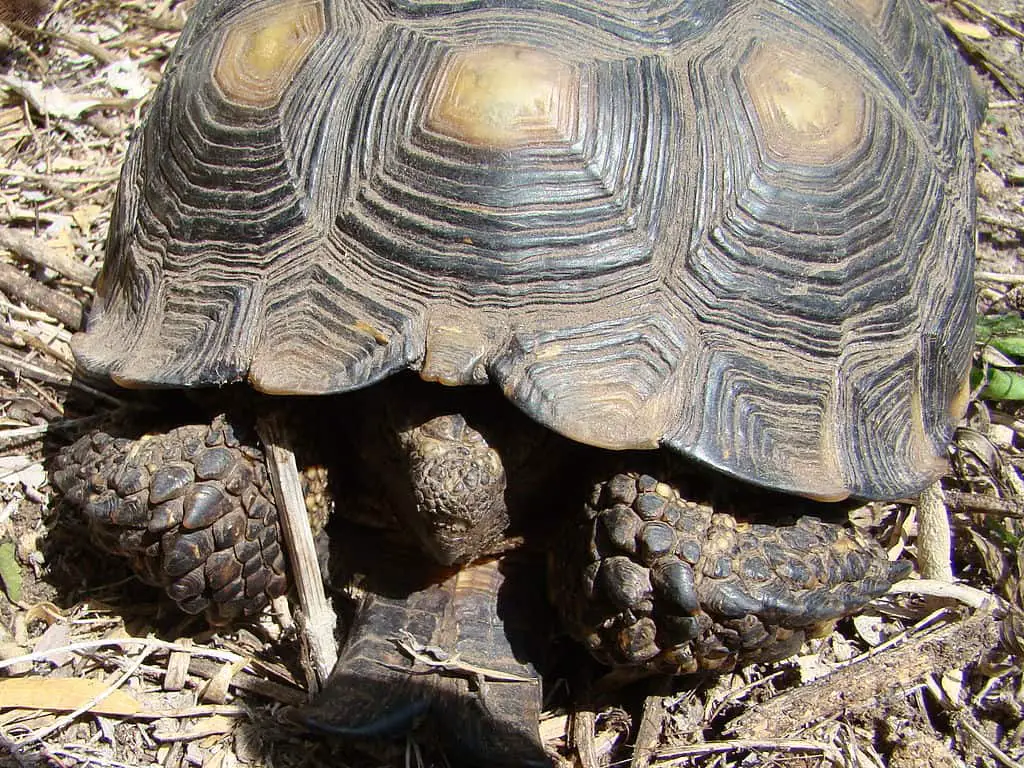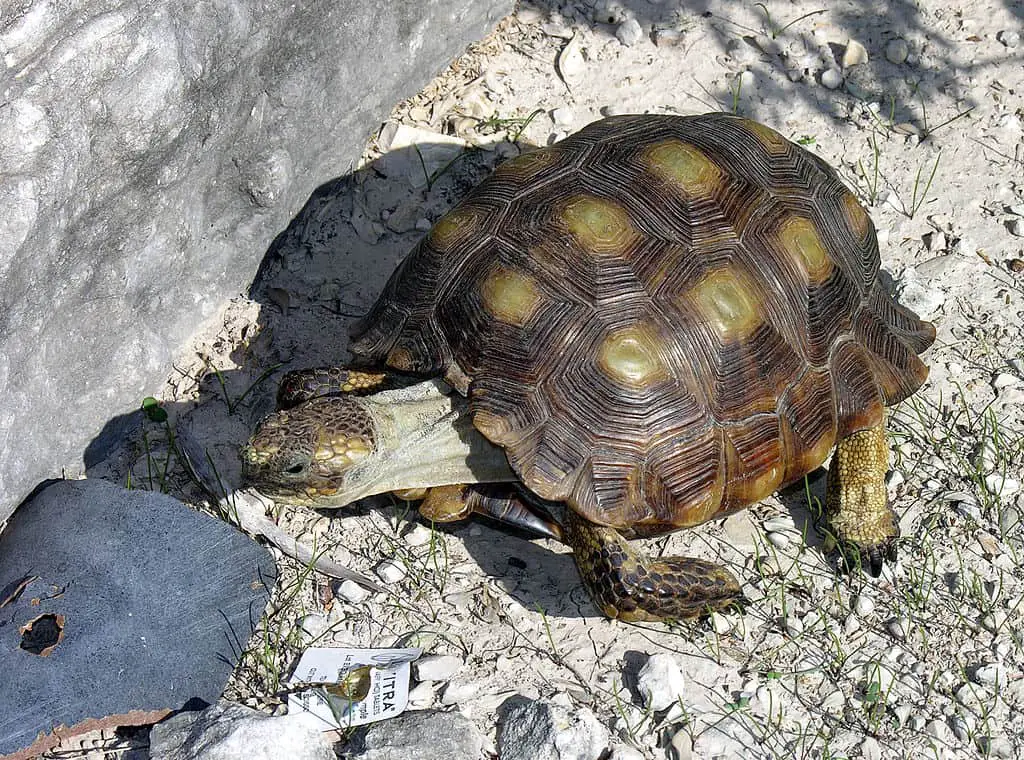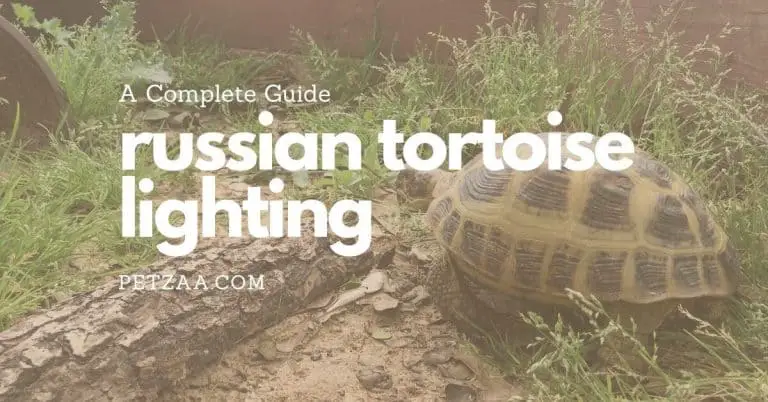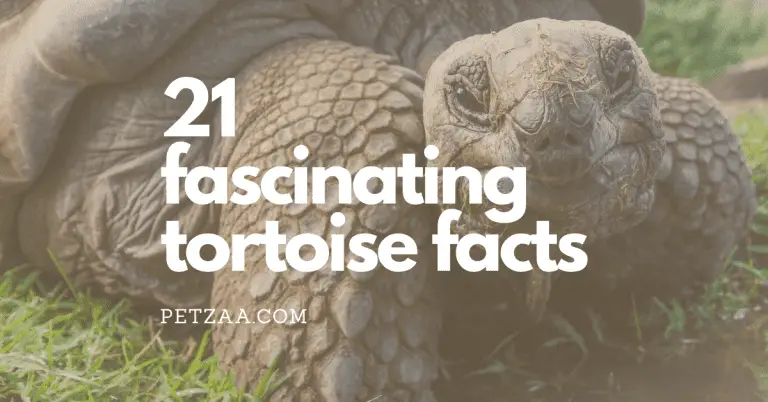Texas Tortoise: Important Facts You Should Know – Avoid Crime
As development and urbanization encroach on their natural habitat, Texas tortoises are becoming more popular as household pets. But before you go out and buy one, there are a few things you should know about their care.
First, it is important to know that there are more than one type of tortoise native to Texas. They have different dietary and housing needs, so be sure to do your research before you purchase.
Let’s looks at the Texas Tortoise in more detail.

What species of tortoises are found in Texas?
Tortoises are found in all parts of Texas except for the Panhandle and extreme West Texas. The most common tortoise is the Texas tortoise (Gopherus berlandieri), which is found east of the Pecos River. Other species include the desert tortoise (Gopherus agassizii), found west of the Pecos River, and the gulf Coast tortoise (Gopherus polyphemus), found along the Gulf Coast.
All three species are listed as threatened or endangered by the state of Texas. The best way to help these animals is to leave them in their natural habitat. If you find a tortoise on your property, you can provide it with some extra food and water, but be sure not to keep it as a pet or you may find yourself on the wrong side of the law.
Texas tortoises and the law
Tortoises are amazing creatures that have been around for millions of years. In Texas, these creatures are protected by law. If you’re thinking about getting a native Texas tortoise as a pet, there are a few things you need to know.
As far as the law goes, it is illegal to remove a tortoise from the wild in Texas. If a Texas tortoise is found on your property and you decide to keep it, you can be charged with a Class C misdemeanor. This means that the maximum sentence for this crime is $500 in fines and 180 days in jail.
However, there are legal ways to have a Texas tortoise as a pet.
What are the requirements for owning a Texas tortoise (gopherus berlandieri)?

To own a Texas tortoise, you must obtain a permit from the Texas Parks & Wildlife Department. The permit costs $100 and is valid for one year. You must also submit proof that you have a suitable enclosure for your tortoise.
The enclosure must be at least 10 square feet for one tortoise, and larger if you plan on keeping more than one. It must have a secure top, as well as hiding places and access to water.
The steps to obtain the Wildlife Rehabilitation Permit include:
- Go to the TPWD website and apply for a Wildlife Rehabilitation Permit
- You will need to build secure outdoor enclosures for the tortoises
- Submit pictures of your enclosures and a place for water turtles, snakes, and lizards
- Attend a wildlife rehab course given by the IWRC
- You will not be able to “keep” a Texas Tortoise until you have had the permit for three years
The Texas Wildlife Rehabilitation Permit must be renewed annually. In order to renew a Texas wildlife rehab license one of the three criteria must be true. The applicant must:
- have completed a qualifying training course
- have a current certification from the International Wildlife Rehabilitation Coalition
- have attended a national wildlife rehabilitators conference within the past three years.
The department may deny renewal if the applicant does not meet these requirements.
Texas Tortoise Lifespan and Lifecycle
Texas tortoises can live for anywhere from 20 to 50 years in captivity, so they are a long-term commitment. In the wild, their lifespan is shorter due to predation and other factors, but they can still reach 30 years old. These turtles grow slowly, reaching full size after 10-15 years.
As far as their lifecycle goes, texas tortoises mate in late spring or early summer. The female will then lay her eggs in a nest dug in sandy soil. incubation takes around 80 days and the hatchlings will emerge in late summer or early fall.
SPECIAL NOTE: If you find a Texas tortoise in the wild, please do not attempt to capture or move it. If you find a tortoise that is found in violation of state law and is endangered or threatened, please call the Texas Game Warden for your county.
How do you care for a Texas tortoise?

The first thing you need to know about caring for a Texas tortoise is that they are not pets. They are wild animals that should be respected and left in their natural habitat. If you must take one into your care, it is important to follow the proper protocols to ensure their health and wellbeing.
Texas tortoises can live up to 80 years old in the wild, so if you’re taking on the responsibility of caring for one, be prepared for the long haul. They need a large enclosure with plenty of room to roam and explore. A diet of fresh vegetables and de-thorned cactus will keep them healthy, along with access to clean water at all times.
As they are wild animals, Texas tortoises can carry diseases that are harmful to humans. It is important to wash your hands thoroughly after handling them or coming into contact with their enclosure.
Let’s look at the care of Texas Tortoises.
What do Texas tortoises need?
Texas tortoises need a warm, dry environment and plenty of food. If you live in a warm climate, you can provide your tortoise with an outdoor enclosure that can be heated in the winter.
Let’s look at what it takes for the Texas tortoise to be healthy and happy.
Habitat
Outdoor Enclosure
A Texas tortoise needs a warm, sunny outdoor enclosure with plenty of space to roam and bask. The enclosure should [color=rgb(53, 55, 64)]be large enough to allow the tortoise to move around freely. There should also be a hiding spot where the tortoise can retreat to when it feels threatened or stressed.
The enclosure should be located in an area that receives full sun for most of the day, as tortoises require direct sunlight to maintain their body temperature. If the tortoise does not have access to sunlight, it may become lethargic and stop eating.
In addition to a warm, sunny enclosure, a Texas tortoise also needs a source of fresh water. A shallow dish or pan filled with clean, fresh water should be available at all times. The water should be changed daily to prevent it from becoming stagnant.
The enclosure should be at least 10×10 feet although larger is preferred and healthier for a Texas tortoise. The sides of the enclosure should be tall enough to prevent the tortoise from climbing out, usually 2-3 times the length of the tortoise.
Indoor Enclosure
In order to house a Texas tortoise indoors, you will need an enclosure that is at least 10×10 feet in size. The enclosure will also need to include a dark and dry retreat for the tortoise to use, as well as a water area large enough for the tortoise to soak in but shallow enough so that it does not drown.
It is also important to note that the hide box should be placed as far away from the heat lamp as possible, in order to keep the tortoise comfortable and stress-free.
Overall, by following these guidelines, you can create a safe and suitable indoor enclosure for your Texas tortoise.
LEARN MORE: Read our indoor tortoise enclosure guide for more details.
Substrate
There are many substrates that can be used for your Texas tortoise to live on. The substrate should be soft and absorbent enough to absorb the moisture from the tortoise’s feces, but dry enough so that mold does not grow in the enclosure.
Our recommendation for Texas tortoise substrate in indoor enclosures is coconut fiber or EcoEarth, however, grass hay can work well if it is readily available year-round to you. The substrate should be changed out every one to two weeks, and any wet or spoiled substrate should be removed daily.
LEARN MORE: When it comes to cleaning your tortoise enclosure, read about the tortoise enclosure cleaning schedule we’ve developed and a handy infographic you can download.
Texas tortoises don’t dig large burrows like other gopherus species. They use their front legs and the sides of their shell to push soil and debris away from their body to create a shallow resting place called a pallet.
It also helps your tortoise to have a few different substrate areas to replicate native environments better. For the Texas Tortoise, you should have a dry substrate, a moister substrate, and a sandy substrate.
The dry habitat should be about one-half of the enclosure, the moister habitat should be at least 6” deep and the sandy/soil mix habitat should be at least 4 inches deep.
Environmental Conditions
The temperature in your tortoise’s enclosure should be between 80 and 85 degrees Fahrenheit during the day. A basking spot of 90-95 degrees is recommended. At night, it is healthy to have the temperature in the 70-75 degree range.
You should provide a 50-75 watt basking light for your tortoise to bask under.
UVB lighting is also important for your tortoise as it helps with calcium absorption and Vitamin D3 production.
See our recommended tortoise products for reliable options.
Texas Tortoise Diet & Nutrition
When it comes to a Texas tortoise’s diet and nutrition, however, there are a few things you need to know in order to keep your tortoise healthy and happy.
Texas tortoises are herbivores and their diet should consist mostly of vegetation. A variety of dark, leafy greens such as collards, mustards, and turnip greens are all good choices. Dandelion greens are a favorite.
You can also offer them other vegetables such as carrots, squash, and sweet potatoes. Fruit should be given sparingly as a treat since it is high in sugar.
For a Texas Tortoise, it is not unusual for them to eat cactuses in the wild. They provide many nutrients along with good water content to help with hydration. Just be sure to remove the cactus spines (thorns) before giving them to your tortoise.
It is important to ensure that your tortoise has access to fresh water at all times.
Health concerns For Texas Tortoises

There are a few health concerns to be aware of related to the Texas tortoise.
Shell Rot
One of the most common is shell rot. This occurs when your tortoise is exposed to a fungus that affects its shell. It can be fatal if left untreated.
Your reptile veterinarian may treat shell rot with antibiotics, and then recommend you soak your tortoise’s shell in a solution of bleach and water for up to 15 minutes. This is usually effective in helping to prevent the infection from returning.
Respiratory Infections
Another common health issue is a respiratory infection. This can be caused by a variety of issues including poor diet, incorrect temperatures, or even stress. A tortoise with a respiratory infection will show symptoms such as wheezing and coughing, or nare discharge.
For more information, see our related articles:
Low Calcium Levels
It is important to provide them with a variety of fresh vegetables and fruits as well as a source of calcium. Without proper nutrition, they can develop health problems such as shell deformities, metabolic bone disease, and respiratory infections.
Human Health Dangers
Like all animals, tortoises can carry diseases that can be transmitted to humans. Some of these diseases include Salmonella, E. coli, and Pseudomonas aeruginosa. To prevent the transfer of these diseases, wash your hands after handling your pet tortoise.
Other tortoise health concerns are malnutrition and dehydration. If you are concerned about your tortoise’s health, contact a veterinarian.
What should you do if you find a wild Texas tortoise?
If you find a wild Texas tortoise, the best thing to do is to leave it where you found it. These creatures are protected by state and federal law, and it is illegal to remove them from the wild.
If you have the space and resources to care for a tortoise, you can contact a licensed rehabilitation facility or rescue group to see if they are able to take in the animal. If not, your local veterinarian may be able to help you find a suitable home for the tortoise.
Before taking in a wild tortoise, make sure you have the proper housing and food for the animal. Tortoises need very large enclosures, and their diet should consist of fresh vegetables and fruits, hay, and a small amount of high-quality commercial turtle food.
If the Texas tortoise you find is in danger, you can always call the Texas Game Wardens to determine what can or should be done.
Conclusion
As the state reptile of Texas, the tortoise is a beloved and iconic animal in the Lone Star State. Because they are listed as threatened, it is important not to disturb the animals or their habitat. If you see any signs of poaching, please report them immediately to a Texas game warden.
It is illegal to take a Texas tortoise from the wild without having a Wildlife Rehabilitation Permit.
Though tortoises may be considered low-maintenance pets, there are still some things you should know about their care.
Tortoises are hardy creatures that can live for decades with proper care. They are mostly active during the day and prefer warm weather. In the wild, they spend their time grazing on grasses and other plants.
When keeping a tortoise as a pet, it is important to provide a diet that closely resembles their natural diet. A variety of fresh vegetables and fruits should be offered daily, along with a small amount of high-quality turtle food pellets. Tortoises also need access to clean water at all times.
If you think your pet is ill, call a vet immediately. All health-related questions should be referred to your veterinarian. They can examine your pet, understand its health history, and make well informed recommendations for your pet.
903pets.com Staff


![6 Reasons Why Tortoises Squeak, Croak, and Quack? [Tips] 7 6 Reasons Why Tortoises Squeak, Croak, and Quack? [Tips]](https://cdn-0.903pets.com/ifywhoft/2021/02/Why-Is-My-Tortoise-Squeaking-tiny-768x402.png)
![Indoor Tortoise Enclosures - What You Need To Know [2022] 9 Indoor Tortoise Enclosures – What You Need To Know [2022]](https://cdn-0.903pets.com/ifywhoft/2022/03/indoor-tortoise-enclosue-complete-guide-768x402.png)
![21 Pet Tortoise Enrichment Ideas [Budget Friendly] 11 21 Pet Tortoise Enrichment Ideas [Budget Friendly]](https://cdn-0.903pets.com/ifywhoft/2021/07/21-Tortoise-Enrichment-Ideas-768x402.jpg)
![How Often Should You Clean An Indoor Tortoise Enclosure? [Schedule] 13 How Often Should You Clean An Indoor Tortoise Enclosure? [Schedule]](https://cdn-0.903pets.com/ifywhoft/2022/03/tortoise-indoor-cage-cleaning-schedule-how-often-tiny-768x402.png)
